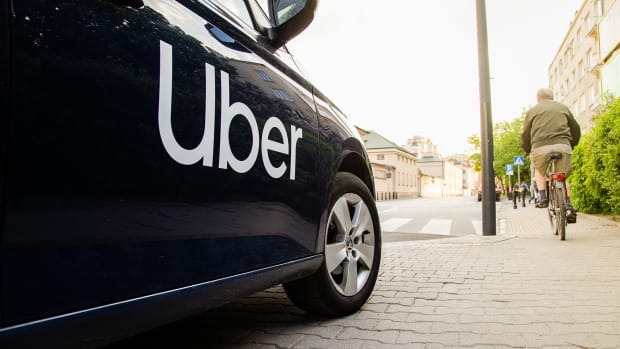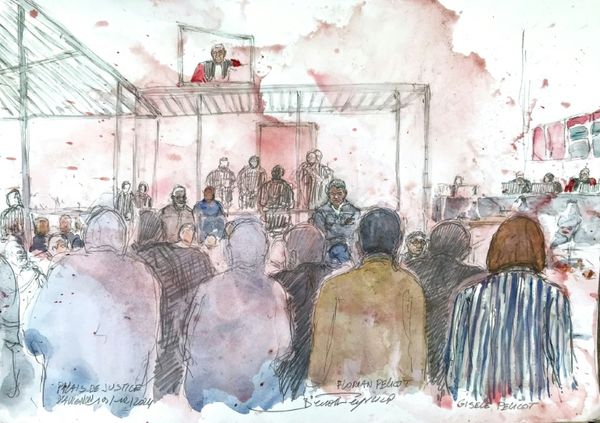Demand for ride-sharing services for Lyft (LYFT) and Uber (UBER) plunged heavily during the pandemic, for very obvious safety reasons.
As The Verge noted, “Uber lost $1.1 billion over the last three months,” that year, “with its adjusted net revenues down 20 percent compared to the third quarter of 2019.”
But as vaccines and boosters shots became widely available last year, more people felt comfortable masking up and hailing a ride.
So in theory, everything should be right as rain, and the ride-sharing industry should be seeing the same recovery we’ve seen for impacted industries such as cruise lines and theme parks.
But according to their recent quarterly reporters, both Uber and Lyft are facing a big headache, one that could signal that the industry needs a major retooling of its business model.
Why Did Lyft and Uber’s Stocks Drop?
Lyft share prices plunged nearly 33% in its first-quarter earnings call, dragging down Uber’s share by nearly 12% in the process.
The problem is that demand for rides has gone back to normal, especially as more people are going back to the airport and some are commuting to work again. But fewer people than ever want to give people a ride.
The Great Resignation has hit the ride-sharing industry especially hard. As Bloomberg notes, after the pandemic destabilized the industry, many drivers either found different jobs, decided “they were better off collecting unemployment benefits, or were more concerned about the risk of infection from being in close quarters with passengers.”
The recent invasion of Ukraine, and the attendant spike in gasoline prices, has further hurt recruitment efforts.
From grocery stores to airlines, nearly every industry has been fighting to hire workers and get staffed back up after the pandemic. They’ve offering higher wages and bonuses, even as many people are reportedly too burnt-out and fatigued to get back to work.
But the problem for Lyft and Uber is that there’s a limit to how much money they can throw at people to get them to get to work.
The ride-sharing industry is able to pay workers less than taxi drivers by hiring them as independent contractors. So workers get less money, but they also get the freedom to set their own schedule and such.
But from the industry's perspective, if it spends too much on workers, it can drive up the cost of a ride, thus undercutting one of the main selling points of these services, that they are cheaper than the alternative.
With less workers available, it’s also taking longer to get a ride, and that delay is undercutting the second selling point of these services: they’re more convenient.
As Bloomberg noted, the average rideshare trip in the U.S. cost about $20 in the first quarter of this year, which is up 45% compared with the same period in 2019, according to market research firm YipitData. Meanwhile, “average wait times during the week ending April 29 were roughly six and a half minutes, reverting back to December levels when shortages were more pronounced, according to a Gordon Haskett analysis of 30 cities showed.”

Shutterstock
Uber and Lyft Might Have Some Rethinking To Do
Uber had a leg-up on Lyft, because it’s food-deliver service Uber Eats saw a boost during the worst of the pandemic. But both companies still find themselves between the rock of a declining workforce and the hard place of driving up prices and eating up profits.
Where they will go next is unclear at the moment.
For now, Lyft is planning on spending more on incentives for drivers in the second quarter of the year, with only some of the costs passed on to customers, in hopes that more people will want to return to work as the pandemic hopefully continues to stabilize.
Uber will instead focus on making the experience easier for its riders by making tweaks to the driver app such as unlocking the ability to see upfront fares before accepting a ride, improving maps and removing bugs.
While the company hasn’t announced that it will spend heavily to get drivers back, some analysts are worried it will have no choice to do so if Lyft starts spending aggressively, which could further damage the profitability of the industry.







